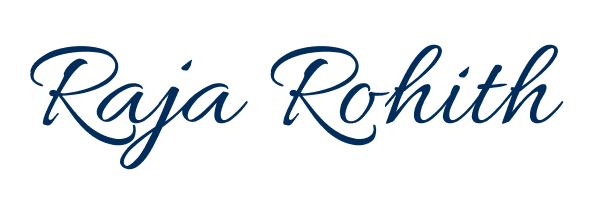About the Elog Book
As technology advances, everything is becoming digital, and the name of the Elog book itself refers to electronic logs, we can assume that Covid is also one of the causes of digitalization. The main purpose of this project, which falls within the transportation sector, is to keep track of a driver’s drive and rest logs.
Why Driver needs to maintain record of logs
Consider yourself a truck driver who is working harder than your physically possible to deliver the load. If you find yourself in a scenario where you must deliver the load quickly, you might try to sacrifice your sleep to accomplish this. The issue is that if a driver continuously operates a vehicle without stopping to rest, they may become fatigue from the travel, increasing their risk of accidents.
Therefore, several nations are acknowledging this issue and maintaining the rigorous guidelines for driving times and rest periods that all drivers must adhere to.
New Zealand's drive time rules
Work time rules apply to everyone who is legally required to manage driving hours, including both drivers and transport operators.
Rules apply to the following drivers of vehicles that:
– Require a class 2, 3, 4 or 5 driver licence
– Is driven or operated in a transport service (other than a rental service) – This is small
passenger vehicles for drivers for services such as Uber, Ola etc.
– Is used in circumstances in which the vehicle must, or ought to be operated under a
transport service licence
– Is used to carry goods for hire or reward
Work time and rest requirements:
– Drivers must take a break of at least 30 minutes after working 5 ½ hours.
– Drivers can only work a maximum of 13 hours in a cumulative work day before taking
a continuous break of at least 10 hours.
– A cumulative work day is a period during which work occurs and begins after a
continuous period of rest time of at least 10 hours. See Figure 1 for a graphical
representation of a work day.
– A maximum of 70 work time hours, (known as a cumulative work period) can be
accumulated before taking a break of at least 24 hours.
Product Development
In the early stages of the implementation, brainstorming sessions and a lot of team discussion were held to gain a sense of the project.
App Design
Then I got to work on the Figma Designs for the screens of the mobile application. The screens were reviewed, improved upon, and finally finished in a month. I make sure the app’s design is straightforward and simple to use so that drivers will feel comfortable using it. The team leader recommended adding some gamification components to the app to keep people interested in it. I included it on the home screen because there is a lot of data there that can be displayed in graphs and charts.
I had a great time working on the design and engaging with my coworkers.
those were wonderful
App Development
My coworkers started writing code as soon as I immediately handed them the onboarding screens. the process will proceed more quickly. For notifications and authentication, we used Firebase. I began working on the home screen. The most difficult aspect of the home screen is the custom graph design because no package exists that has the desired look. As a developer, I became aware of the agony of design.
In the course of the process, a new team was introduced on to work on the application, and the old team was tasked with moving to the Elog Operator portal, which operators or organisations use to keep track of all the drivers employed by them.
Unfortunately, there are some organisational changes that have caused so many things to change that I have fallen behind in restoring the prior flow and coordination.
Tough times
Portal Design
We are out of time, so I made sure to finish the Figma designs as soon as possible. I made sure the design was clear, understandable, and simple to use. W e used Ant Design in the project and Ant Design offers Figma community designs we can directly use, my task was made simple.
Portal Development
The backend team prepared the API. I began with simple API integrations and have focused primarily on vehicle screens, payment screens, and API integrations. We quickly published the first version because I had prior knowledge with React.js and because the other employees were incredibly helpful and interactive.
Project details
Team
Project Lead – Sachin
Project Manager – Vaishika
DevSecOps – Aravindh
Backend – Megha, Sachin
Frontend – Rohith, Prerana, Vinay Kumar, Shikha
Testing – Hrushikesh, Sushma
New Zealand Team – Henry, Fedor, Harsahil, Sabrian
Driver App
App Link – http://elogbook.co.nz/
Frontend – React Native
Backend – Django
Authentication – Firebase
Payments – Chargebee
Operator Portal
Portal – https://portal.elogbook.co.nz/login
Frontend – React
Backend – Django
CSS Framework – Ant Design
State Management – Redux Toolkit
Authentication – Firebase
Payments – Chargebee


